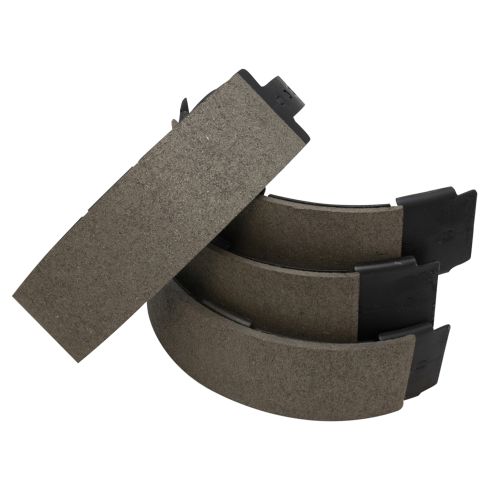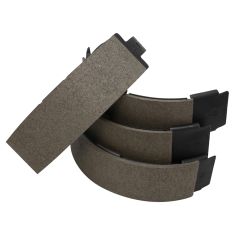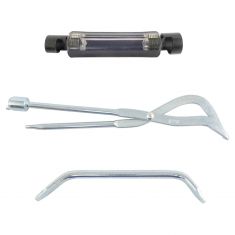1ABPS03290-Ford Mazda Rear Brake Shoes TRQ BFA73836

Replaces
1998 Mazda B3000 Truck with 10 Inch Drums Rear Brake Shoes TRQ BFA73836

Frequently bought together
Product Reviews
Loading reviews
5.00/ 5.0
2
2 reviews
Brakes
February 21, 2020
Fast shipping and great on returns as well my #1 new place to shop automotive
Works great
June 21, 2022
Perfect fit and good quality.
Customer Q&A
No questions have been asked about this item.
Mazda is a registered trademark of Mazda Motor Corporation. 1A Auto is not affiliated with or sponsored by Mazda or Mazda Motor Corporation.
See all trademarks.










